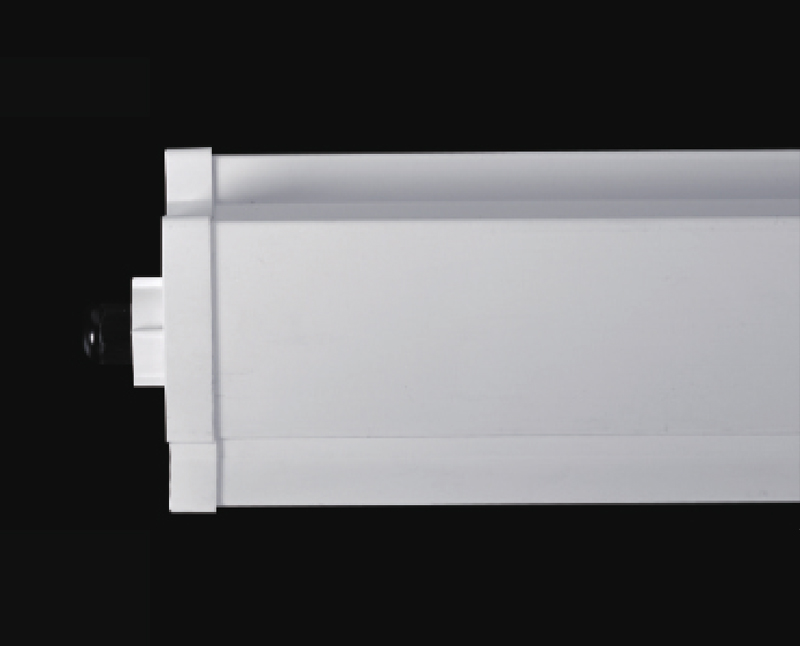Energy-saving lamps are currently the lamps of choice for most families and public places. They are energy-saving and safe, and are strongly welcomed by people. However, energy-saving lamps may also have some problems in use, and the energy-saving lamp manufacturers will answer them for you below.
Problem 1: The plastic of the energy-saving lamp turns yellow. This is a common problem in the use of energy-saving lamps. The main cause of plastic yellowing is the influence of ultraviolet rays, and no material is immune. Although energy-saving lamp manufacturers add anti-ultraviolet materials during production, this will only extend the time for the lamps to turn yellow. However, even if the plastic turns yellow, its basic properties such as high temperature resistance and flame retardancy will not be affected.
Problem 2: The interpretation component is firm. How to judge the firmness of the combination of the lamp cap and the plastic part? Energy-saving lamp manufacturers recommend that you first check whether there are gaps in the combination of the lamp cap and the plastic parts, whether the gap size is reasonable, and the depth of the hole in the lamp cap. Hold the lamp cap firmly with one hand, and hold the plastic part with the other hand and twist it to see if it can be unscrewed. When judging the firmness of the lamp tube and the plastic parts, the upper and lower plastic parts, first observe, and then hold the upper and lower sides, gently shake and toggle to see if there are signs of loosening.
https://www.cntoplighting.com/



